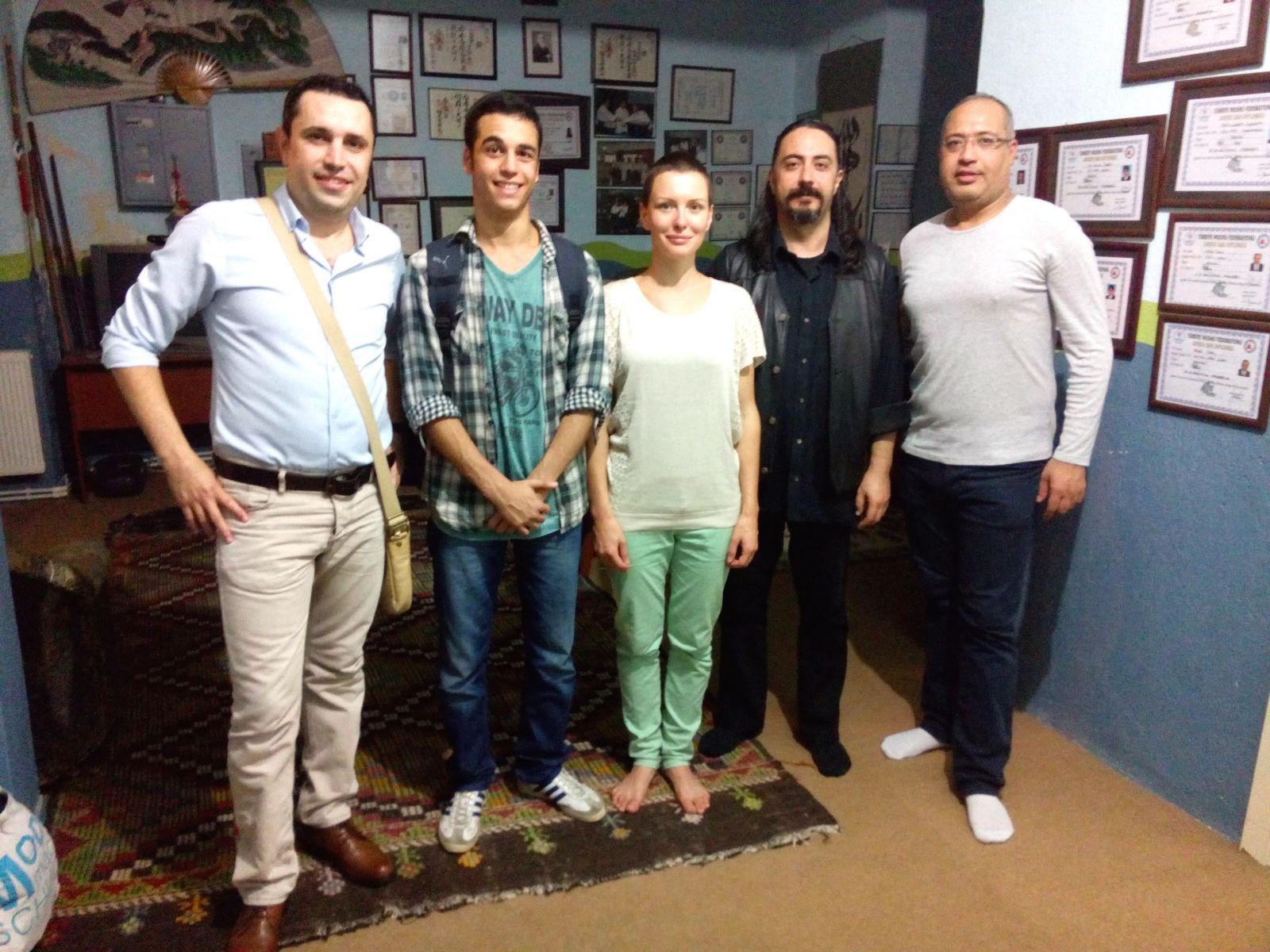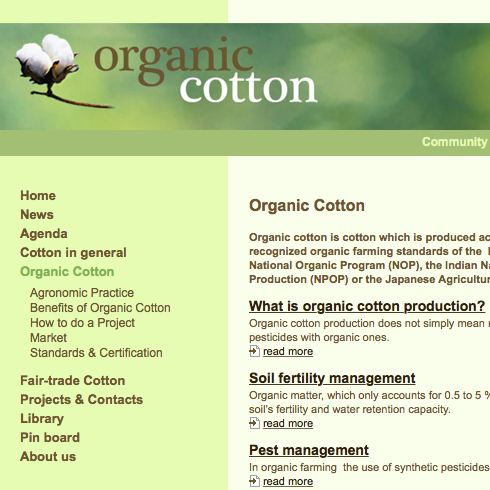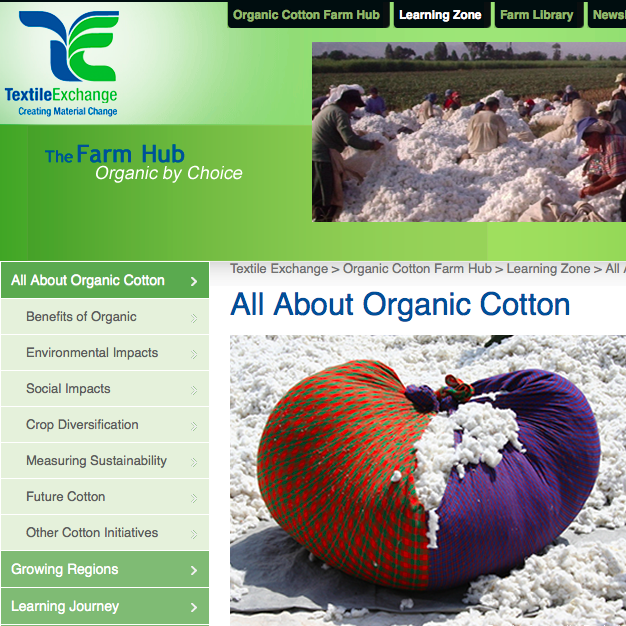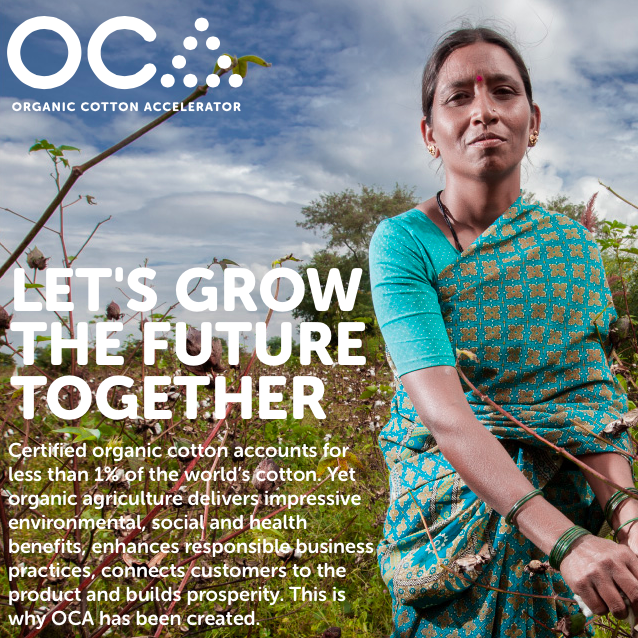We listened to you
While developing MISOGI DOGI’s first aikidogi, we didn’t just take an existing uniform and copy its design. Our ambition is to offer the best ever uniform. In addition to improving environmental and social protection practices, we also want to use the opportunity to improve details such as comfort, design, and service. And we decided not just to trust our own opinions, but to make sure we get the right picture of our future customers. Thus, we invited our aikido and martial arts’ fellows to share their experience, wishes and dreams with us through an online survey on our first website. We received more than 100 responses from all over Europe, featuring a wide range of wishes and preferences. The aikido community is definitely not homogenous!
Profile of the Participants
We received exactly 110 responses from all over Europe and even USA. Half of the answers come from Germany. The age distribution of the participants is quite even, 30% are female.
10 referred to aikido teaching as their main profession. A bunch of participants practice various martial arts, but only four don’t practice aikido at all. 70% have at least six years of practice, another quarter two to five years. One in five practice intensely – at least four times per week – while most (70%) practice two to three times per week.
The practitioners declared a high level of sustainable purchase practice: 70% always or often choose sustainable food&drinks; 50% always or often choose sustainable mobility means; 35% always or often choose sustainable clothes. Further 30-40% declared they would sometimes buy the sustainable options. In summary, most of the answers came from experienced European aikido practitioners who care about environment and fairness in their daily lives. We thank them very much for their input and support.
Summary of the Main Findings
What would you like us to develop? Organic Cotton or Hemp?
Answer While everyone would love or like an organic cotton dogi, a quarter feels unease at the idea of a dogi made of hemp.

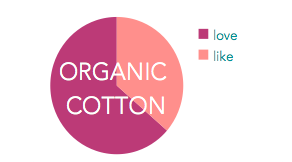
Our feedback We asked this question because hemp has a series of qualities fitting well for a sustainable uniform: hemp is much more environmental friendly during production than organic cotton, it is a very robust fibre with a natural anti-bacterial effect.
However, we understood that some people fear that it might be less skin-friendly than cotton, not have a nice, pure look or even develop a funny smell. Anyway, we are not going to start with hemp dogis for other reasons: the minimal fabric order quantities are very high for a start-up and the fabric is much more expensive than organic cotton. We also considered other materials such as linen and ramin, with similar issues.
If a hemp dogi attracts you, check out hemp dogis for BJJ. There are a few brands, mainly from USA. And in case you order one, please share your experience with us. Hemp stays in our minds for future developments.
Heavy or Light Uniforms?
Answer Currently, half wear heavy uniforms, a sixth wear light uniforms and a third wear both, depending on season or practice type. A larger majority would love or like us to develop a heavy uniform, but still most would also love or like a light uniform. 30% would dislike a light uniform, while only 12% would disklike a heavy one.
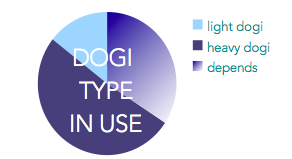
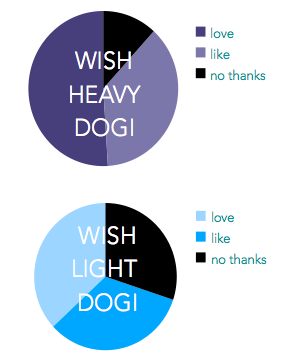
Our feedback There was a flaw in this question. What is meant by a ‘light uniform’? Some commented that while they appreciate light judogi-type jackets, they dislike the karategi-type jackets for their aikido training.
We are very happy that we found a weaving mill in Austria that will produce organic judogi-type canvas exclusively for MISOGI DOGI (it was not easy to find this weaving mill!!). We will start with a rather light-medium canvas, similar to the one we observe most of us currently wear. Those who only feel good in heavy double-weave jackets will have to wait some more time, sorry!
Innovative vs traditional design?
Answer Two-thirds are open for an innovative design, a third want the dogi to stay as they are.
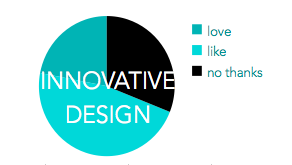
Our feedback This answer really encouraged us not to just copy an existing design, but to have a deeper look at how we could improve it. We loved to read through all the comments on what aspects could be improved. Mostly the collar that has the bad habit to open up during training and some physionomy types that are not covered by standard sizing. We agree design is important and many beginners look as if they were wearing a pyjama. However, the functionality of the clothes stays more important. And we discovered that the traditional design truely is a masterpiece of functionality. Thus, we ended up not changing the design very much. We carefully chose different details. And we developed a size system to fit a wider range of physionomies, from scratch.
Pricing
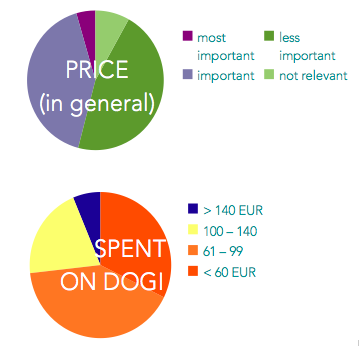
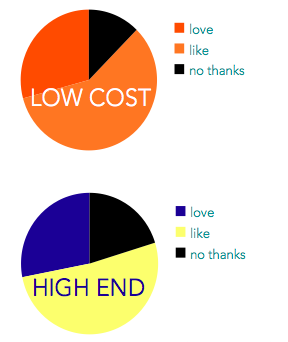
Answer In terms of price sensitivity, about half care more, the other half care less or not at all about the price. A third spent less than 60 EUR per (conventional) gi, a quarter more than 100 EUR. Thus, no clearcut preference for any price category appeared, but 20% would not buy an expensive sustainable uniform vs. 12% who would not buy a cheap sustainable dogi.
Our feedback What a difficult topic..! First of all, because there is a proven general gap between survey results and actual shopping practice on this aspect. Second, because whether something is worth the money depends on much more than just the price (i.e. iphone). And finally, because our freedom of price setting is constrained by external factors. Anyway, we wanted to test the waters, aware that only the product launch will tell us the true price tolerance for our products. Due to various constraints – and we guess this is no surprise – our first MISOGI DOGI collection will be part of the high price segment, even if we keep it simple and plain. However, we will do our very best to assure an according high standard quality and service. And we will be transparent on pricing and the costs behind, for you to understand what you are paying for.
Drawstring vs. Elastic Waistband
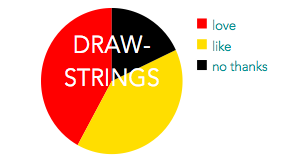
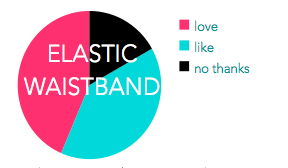
Answer Most of us like both elastic and drawstring waistbands, and as many practitioners have a strong preference for one and against the other as the contrary.
Our feedback We had no choice but to give the priority to one. So, we decided to start with the more traditional drawstrings and offer elastic waistband as soon as possible.
